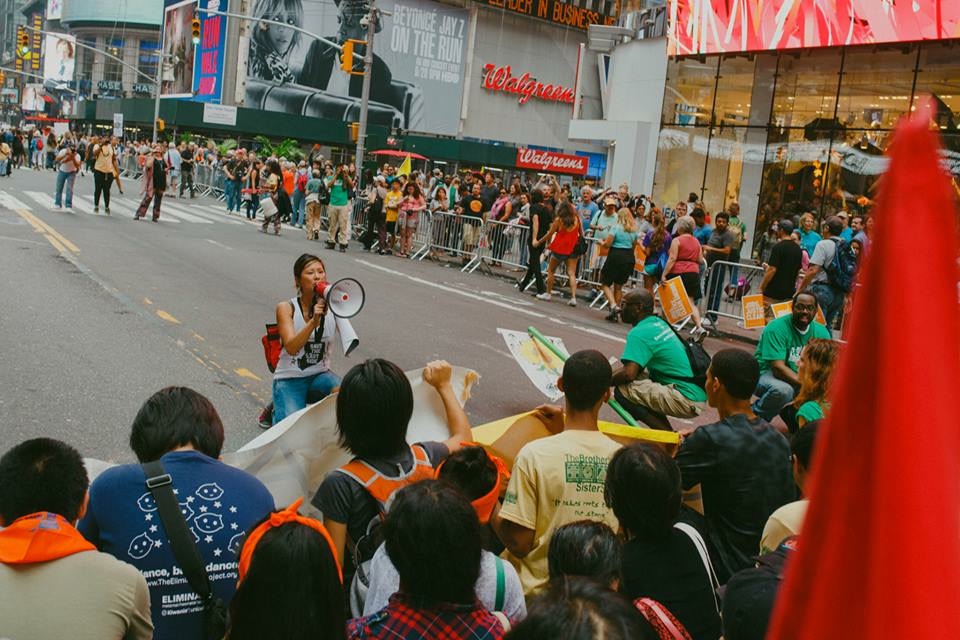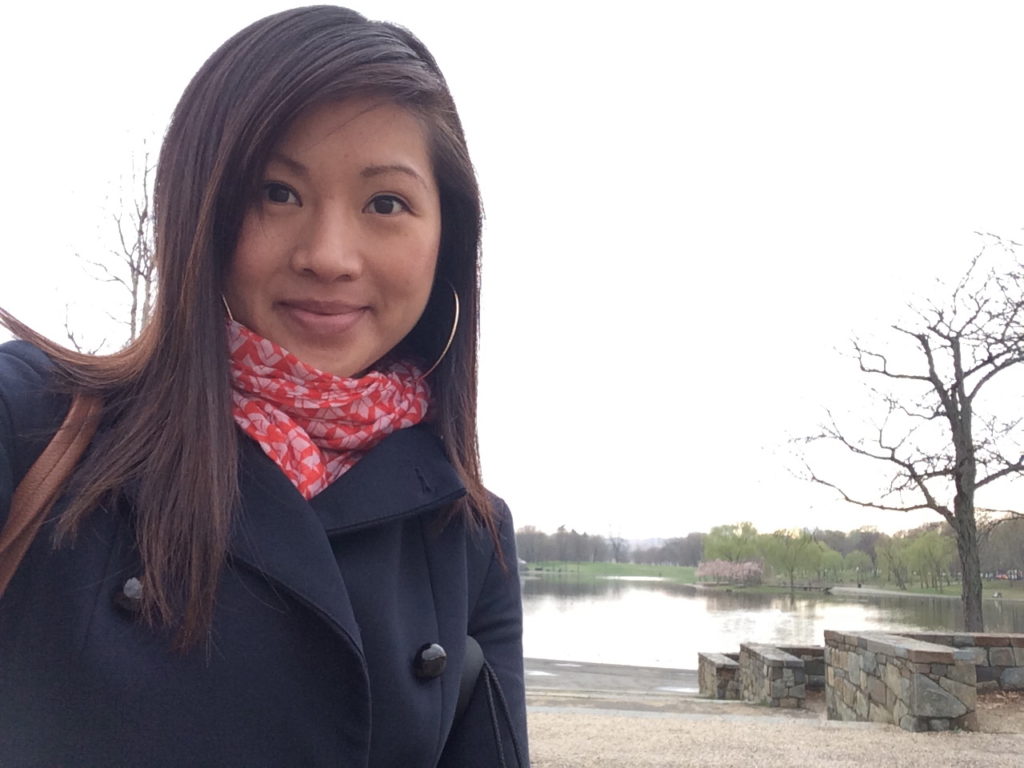
Cathy Dang ’07 always had a passion for racial justice, and she pursued that passion all the way to New York, where she works as Executive Director of the Committee Against Anti-Asian Violence (CAAAV).
Founded in 1986, CAAAV was founded to address rising anti-Asian violence in the United States, and it continues to bring attention to the systemic and institutional racism oppressing people of color. The group uses community organizing to build power in Asian American communities to work for social change.

Dang, who majored in sociology and minored in women’s studies and Asian Pacific American Studies (APAM), first heard about CAAAV in one of her classes with Edward Park, a professor of Asian Pacific American Studies.
“The APAM professors and the other professors of color I worked with…they got me through college,” Dang said. “I found a sense of home and support in these professors, who helped me understand what I was experiencing as a woman of color.”
She also spent time with the Ethnic and Intercultural Services (EIS) community, which was a welcoming and supportive community for her throughout her time at LMU.
As a student, Dang volunteered with the Students for Labor and Economic Justice (SLEJ) at LMU, a student organization dedicated to promoting just living and working conditions. “Volunteering with worker justice and Asian American student campaigns first gave me an understanding of what it means to organize,” Dang said.
After graduating, she earned a master’s degree in social work from UCLA and got a job as a labor organizer with the Restaurant Opportunities Center of Los Angeles (ROC-LA), which seeks to improve wages and working conditions for food service employees. She moved into union organizing, and eventually took the Executive Director position at CAAAV.
As her professional life as a leader for social justice has evolved, Dang said she still values the coursework and relationships she built with faculty at LMU. “Sitting in women’s studies, and APAM and African American studies classes, the readings put into words what I was experiencing as a woman of color,” she said. “They helped me frame and articulate what I already intuitively knew. It was empowering.”



